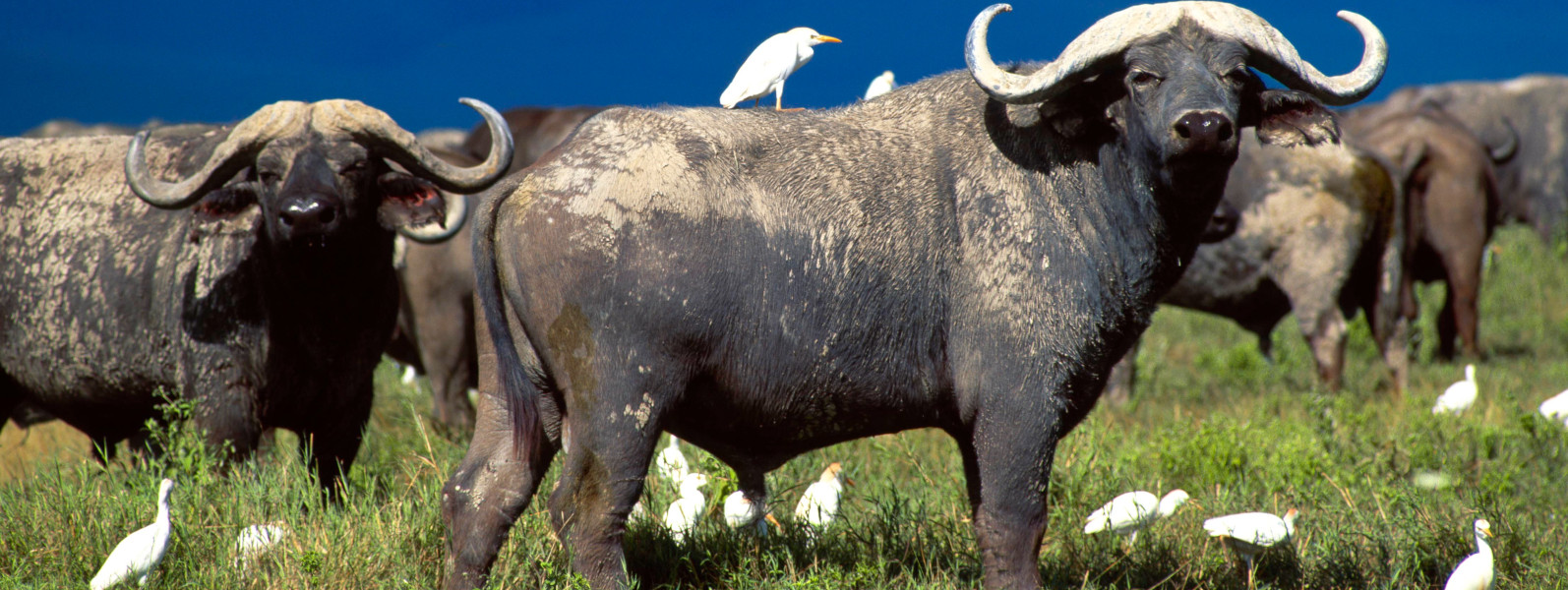+255 782 483351 Office at Moshono, Arusha
Email us info@aasafari.com

The Ngorongoro Crater is a stunningly unspoiled and well-preserved natural marvel that has become a wildlife sanctuary. Some claim that because of its rarity and amazing natural beauty, it should be considered the world's eighth natural wonder!
First and foremost, the Ngorongoro Crater is breathtakingly gorgeous. It's awe-inspiring. In addition, it's awe-inspiring. Overuse of adjectives like this can cause them to lose their significance. However, if we return to their original meanings, the Ngorongoro Crater is the ideal feature to reflect the genuine meanings of beautiful, awe-inspiring, and stunning!
For those who haven't seen it, the Ngorongoro Crater is a 19-kilometer-wide bowl-shaped depression in northern Tanzania. It's a bowl of rich green in the spring, and a brown, dusty spot in the summer.
A volcano that collapsed in on itself a long time ago created the crater. The caldera's (crater's) walls rise 600 meters above the floor's plains.
Ngorongoro Crater not only has the Big Five, but it also has an incredible density of them. There are also a plethora of other native animals and birds to be seen here. Animals can be found in plenty everywhere!
The Ngorongoro Conservation Area is about the same size as Puerto Rico or Cyprus, at 8,292 km2 (3,202 mi2).
In 1979, the protected area was designated as a UNESCO World Heritage Site. Three craters (Ngorongoro, Olmoti, and Empakai), Olduvai Gorge and its associated shifting black sand dunes, tall vine-draped woods, bushland, and large swaths of savannah make up the park.
The western savannah plains of the Ngorongoro Conservation Area greet herds from the Great Wildlife Migration at the start of each year. This is due to the fact that the Ngorongoro and Serengeti are both part of a larger ecosystem.

 We accept online payments
We accept online payments